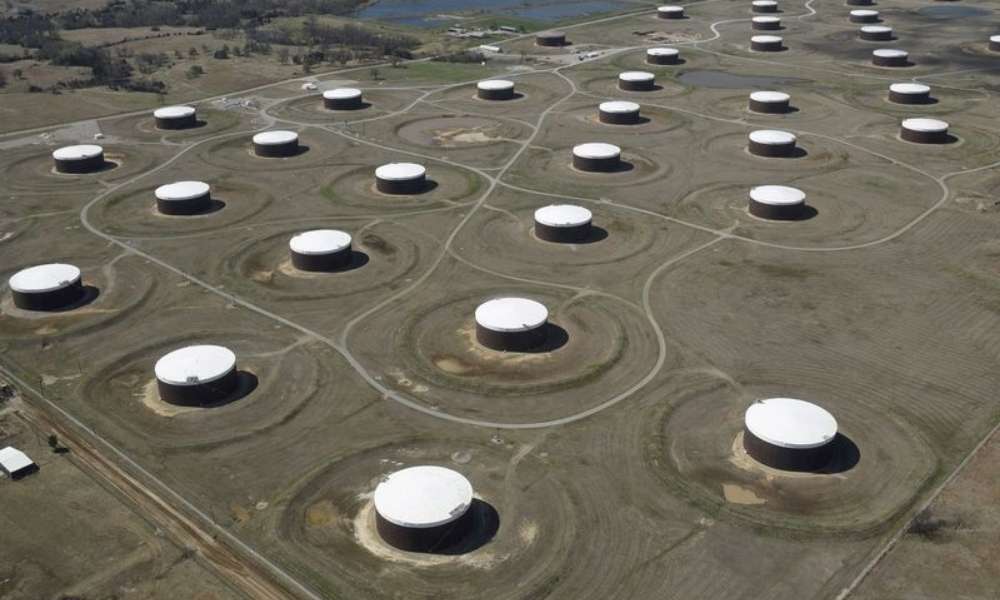
Oil prices recovered slightly on Wednesday as data pointed to firm fuel demand in the United States, providing respite after a 5% drop a day earlier on fear of demand suffering from increased China COVID-19 curbs and central bank interest rate hikes.
A slightly weaker U.S. dollar also shored up the market, with oil consequently being cheaper for buyers holding other currencies.
U.S. West Texas Intermediate (WTI) crude CLc1 futures jumped 90 cents, or 1%, to $92.54 a barrel at 0306 GMT, after sliding $5.37 in the previous session driven by recession fears.
Brent crude LCOc1 futures for October, due to expire on Wednesday, climbed 70 cents, or 0.7%, to $100.01 a barrel, trimming Tuesday's $5.78 loss. The more active November contract LCOc2 was up 96 cents, or 1%, at $98.80 a barrel.
The price swings since the Ukraine conflict began six months ago have rattled hedge funds and speculators and thinned trading, which in turn has made the market whipsaw even more, as seen on Tuesday.
"I can't stress, the low liquidity means we're in for some volatile moves," said Commonwealth Bank commodities analyst Vivek Dhar.
Supporting market sentiment on Wednesday, data from the American Petroleum Institute (API) showed gasoline inventories fell by about 3.4 million barrels, while distillate stocks, which include diesel and jet fuel, fell by about 1.7 million barrels for the week ended Aug. 26 API/S.
| 🔷 Wise Traders Best Choice - AssetsFX 🔷 |
The drawdown in gasoline stockpiles was nearly triple the 1.2 million barrel drop that eight analysts polled by Reuters had expected on average. For distillate inventories they had expected a drop of about 1 million barrels.
However API data showed crude stocks rose by about 593,000 barrels, against analysts' estimates of a drop of around 1.5 million barrels.
Price gains were capped by worries that some of China's biggest cities - from Shenzhen to Dalian - are imposing lockdowns and business closures to curb COVID-19 at a time when the world's second-biggest economy is already experiencing weak growth.
"Worsening outbreaks of COVID-19 in China are also impacting sentiment," ANZ Research analysts said in a note.
On the supply side, oil exports from Iraq were unaffected by the worst violence seen in Baghdad for years, three sources told Reuters on Tuesday. Clashes eased on Tuesday after powerful cleric Moqtada al-Sadr ordered his followers to end their protests.
The main factor supporting prices at the moment is talk from members of the Organization of the Petroleum Exporting Countries and allies, together called OPEC+, that they might cut output to stabilise the market. OPEC+ is next due to meet on Sept. 5.
Hot Topics
How To Find Forex Broker In India
The Wheat Supply Situation Has Improved Since Russia Invaded Ukraine 6 Months Ago
The Best Safe Investments Of 2022
"They'll jawbone," Dhar said. "They'll try and flag that futures prices don't reflect true tightness. But to get everyone to agree to cut output is another challenge."